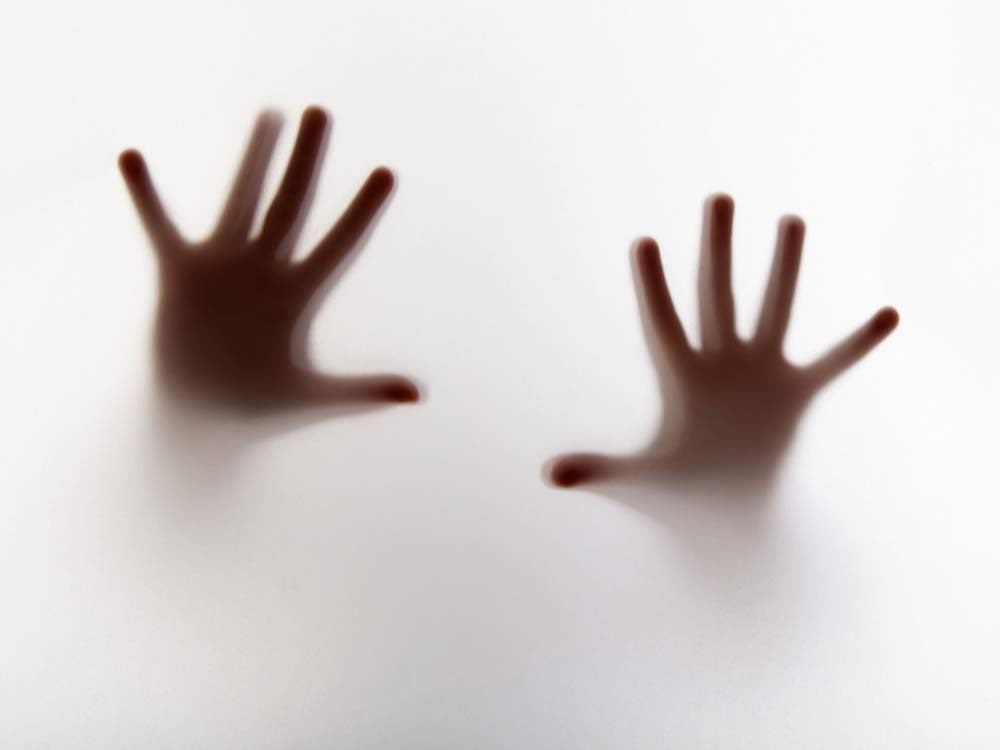Waking Nightmares: One Woman’s Battle with Sleep Hallucinations
After years of terrifying hallucinations, I finally learned to stop worrying and love sleep.

A few months ago, a man climbed through my window and stood over my bed, staring down at me. Before that a huge snake-like creature slithered out from my closet and onto my bedcovers. And once I stumbled across a dead body stretched out on my floor.
I suffer from hypnopompic hallucinations, which means I see things when I’m waking. I sit up in bed, eyes open, and watch a CGI movie my brain is projecting onto the world. The condition is caused by a broken neural off-switch. When we dream our body paralyzes our muscles to prevent us from leaping out of bed to act out the mental images we’re seeing. In my case, however, the paralysis shuts off and I bolt awake, still dreaming.
According to Dr. Raymond Gottschalk, medical director of the Sleep Disorders Clinic in Hamilton, up to 15 per cent of Canadian adults suffer from a category of sleep disorder known as parasomnia. “The brain has a hundred billion neurons,” says Gottschalk, “so it’s not surprising a crossed wire now and again causes a glitch with our sleep.”
My hallucinations started in 2008. They involved men, often lurking in the corner, sometimes lunging at me. But I’ve also seen large spiders, monstrous bugs and fearsome bats. With every apparition I would run from the bedroom, screaming. My boyfriend would later find me curled up in a ball on the kitchen floor, covered in sweat, hoarse-voiced, heart pounding. At work I was exhausted and shaky, on the constant verge of tears, unable to concentrate. At night I had to be coaxed to bed. And the more scared I was of going to sleep, the more I hallucinated. A year later it was happening almost every night.
In the spring of 2010 I got a referral to a sleep lab where I explained my complaint to doctor after doctor. But with night terrors being one of the most misdiagnosed sleep disorders (sometimes it’s confused with restless leg syndrome or simple nightmares), it took almost a year before they could even name my condition. And even then, not knowing how to treat it, the doctors—who were aware I was also prone to moderate sleep apnea—recommended I try wearing a special mask that helps sufferers breathe properly through the night by forcing air down their nose. It just made things worse; waking up in a mask only aggravated my panic when I hallucinated.
I did everything you’re supposed to do—practice yoga, cut out caffeine, avoid alcohol. But the hallucinations remained. On my last visit to the sleep lab the doctor said my only remaining option was dream-suppressing drugs. Anxious about taking medication, I declined the sedatives. The doctor sent me on my way with one further suggestion: Get more sleep.
I went to my family physician, who gave me the name of a cognitive-behavioural clinic. I’d never been to therapy before, and with no dark past or traumatic childhood episodes haunting me, I didn’t think I’d have anything to talk about. But rather than look for medical reasons for my sleep problems, my therapist saw the hallucinations as by-products of a wild imagination and an overly active fight-or-flight reflex—kind of like I was having panic attacks while asleep. We focused on my coping techniques during the day so that I could learn to handle my nighttime anxieties. I mapped out confrontations on worksheets, and we pinpointed problems with how I was dealing with frustration and anger-or, more often, not dealing with them. I learned progressive muscle relaxation, where you tense and relax each muscle in the body, a common technique employed by insomniacs. I also learned about cognitive distortions, which are essentially the ways our mind automatically convinces us of something that isn’t true (like “the boss is out to get me,” or “my boyfriend doesn’t love me”). I learned that by failing to actively work through my anxieties, I was skewing my everyday interactions into high-stress encounters that were infiltrating my sleep.
My hallucinations slowed considerably after my first few sessions; by the fourth they had stopped completely. I began to come to terms with the fact that there’s no magic fix for my condition. Instead, as with most things in life, I just need to implement all the small changes. Cures are pipe dreams. The hallucinations now come back in waves, sometimes taking their toll on my week, sometimes only popping in for a night or two. But I’d still call it a happy ending; and anyway, the giant spiders keep me on my toes.



